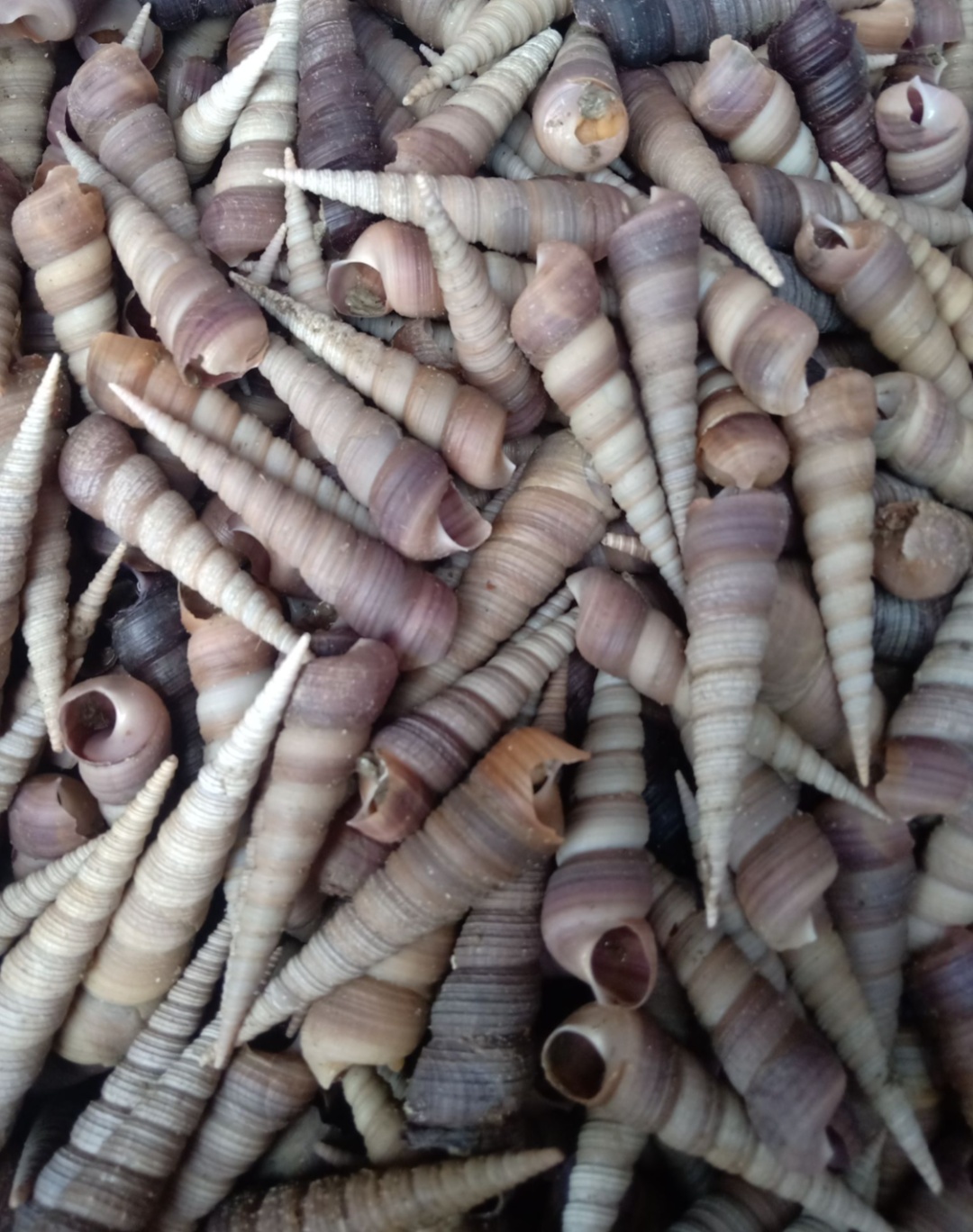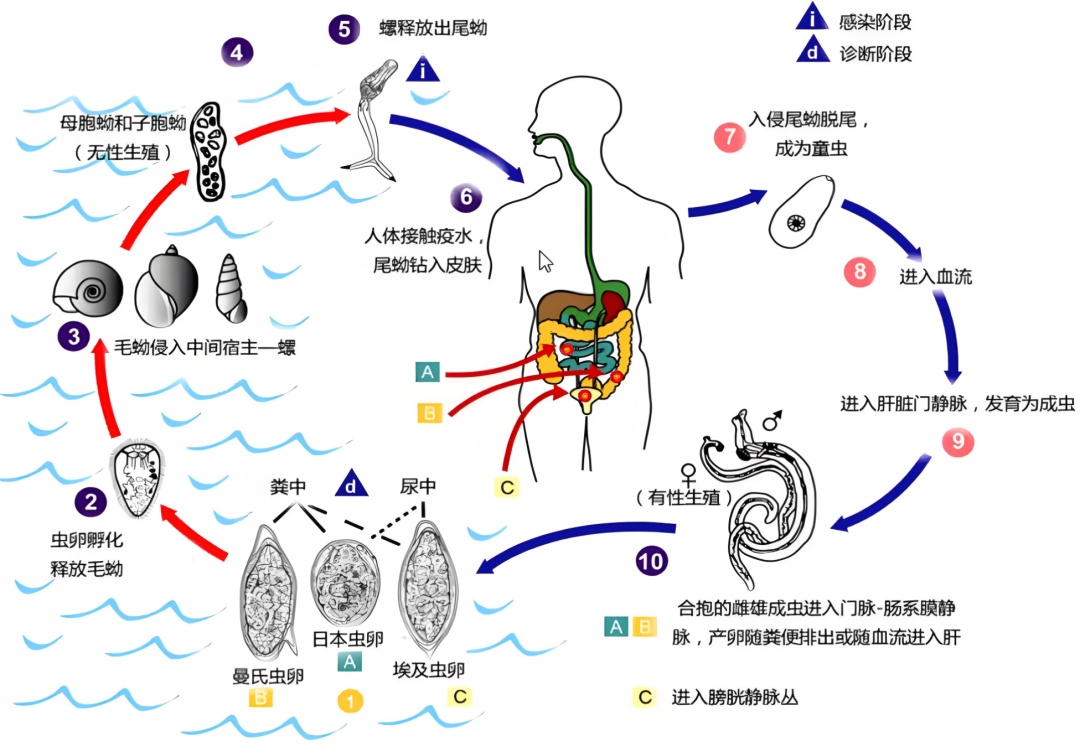Be alert! It can be infected after 10 seconds of contact, and it has recently started to be high, and the CDC has repeatedly reminded it.
Schistosomiasis can be infected all year round,April to OctoberIt is the most susceptible to infection, and the risk of infection is greater in spring and summer.Be careful when going out to play with water, and beware of schistosomiasis.
What is schistosomiasis?
Schistosomiasis is an infectious, endemic and natural parasitic disease caused by Schistosoma japonicum parasitic on humans or mammals. It is a neglected tropical parasitic disease that is prevalent all over the world and seriously affects human health and social and economic development.
What is popular in our country isSchistosomiasis japonica caused by Schistosoma japonicum infection,It is a legal class B infectious disease. If it is not treated in time or cured, it will develop to the late stage.Organs such as the liver will be damaged, leading to portal hypertension, hepatosplenomegaly, ascites and other symptoms, people’s appearance will becomeSkinny, belly as big as a drumTherefore, it is also called "belly disease".
Contact for 10 seconds can cause infection.
Schistosoma japonicum is a kind ofTrematodes parasitic in vertebrate blood vessels, also known as Schistosoma japonicum. There are seven kinds of schistosomiasis that can parasitize human body and cause diseases, namely, Schistosoma japonicum, Schistosoma mansoni, Schistosoma aegypti, Schistosoma intermedium, Schistosoma meyeri, Schistosoma malayi and Schistosoma guinea. Among them, the first three are the most widely distributed and the most harmful.
The development of Schistosoma japonicum can be divided into seven stages: egg, metacercaria, mother metacercaria, daughter metacercaria, cercaria, larva and adult, among which cercaria can infect human body. Cercariae can invade the human body after contacting the human body surface in water.Experiments have proved that host animals can be infected as long as they contact cercaria for 10 seconds.

Schistosoma cercariae
Blood sucking worms are different from schistosomiasis.
What people sayBlood sucking worms, often referred to as leeches, are also called leeches.It is a kind of food that feeds on blood or carrion.ectoparasite. It is long, flat and slightly spindle-shaped, and there are two suction cups in front and back that can be attached to human and animal body surfaces. Leeches live in paddy fields, rivers, paddy fields, lakes and marshes, ditches and shallow polluted pits and ponds, and are distributed all over China, with many kinds.

leech
Attention! Schistosoma japonicum spreads like this
People or animals infected with schistosomiasis willFeces containing schistosome eggs are discharged into water;
There is an intermediate host of schistosomiasis transmission in the water-oncomelaniaAnd then produce cercariae that can infect people;

oncomelania
People are infected by contact with water containing cercariae (epidemic water).

Life history of schistosomiasis
It is easy to mistake infection for "cold"
Some patients may have skin after contact with epidemic water.Sting-likeFeeling, and then appearPapules and itching.
After 1~5 days.KeyouCough (easily mistaken for a cold)Repeatedly infected people have more serious pulmonary symptoms.
pass by30-60 days incubation period, will appear.Fever, hepatomegaly and eosinophilia in peripheral blood.Features such as tenderness in the liver area, splenomegaly, cough, abdominal distension and diarrhea.If not treated in time, serious cases may lead to death.Most patients will enter the stage of chronic infection.
Repeated infection without standardized treatment can develop into advanced schistosomiasis.
How to prevent and treat schistosomiasis?
How to prevent schistosomiasis?
The direct cause of infection with Schistosoma japonicum is contact with water containing Schistosoma japonicum cercariae (epidemic water). Therefore,The key to avoid infection is not touching the water that may contain Schistosoma cercariae and using water safely.
When production and life must be exposed to epidemic water, you can wear protective articles (rubber gloves, rubber shoes, rubber clothes, rubber pants, etc.), apply protective cream (agent) and take preventive medicine to prevent schistosomiasis infection.
How to treat the infection?
How to treat the infection?
When you inevitably come into contact with infected water,After having symptoms such as fever or leaving the water for one month,We should take the initiative to check the schistosomiasis prevention and control institutions or disease prevention and control institutions in time for diagnosis and treatment.
If the infection is confirmed,praziquantelIt is the only oral anti-schistosomiasis drug widely used in schistosomiasis endemic areas with high efficiency, low toxicity and convenient use. Follow the doctor’s advice when taking medicine and strengthen follow-up.
Right now, it’s spring.
Be sure to protect yourself when traveling!